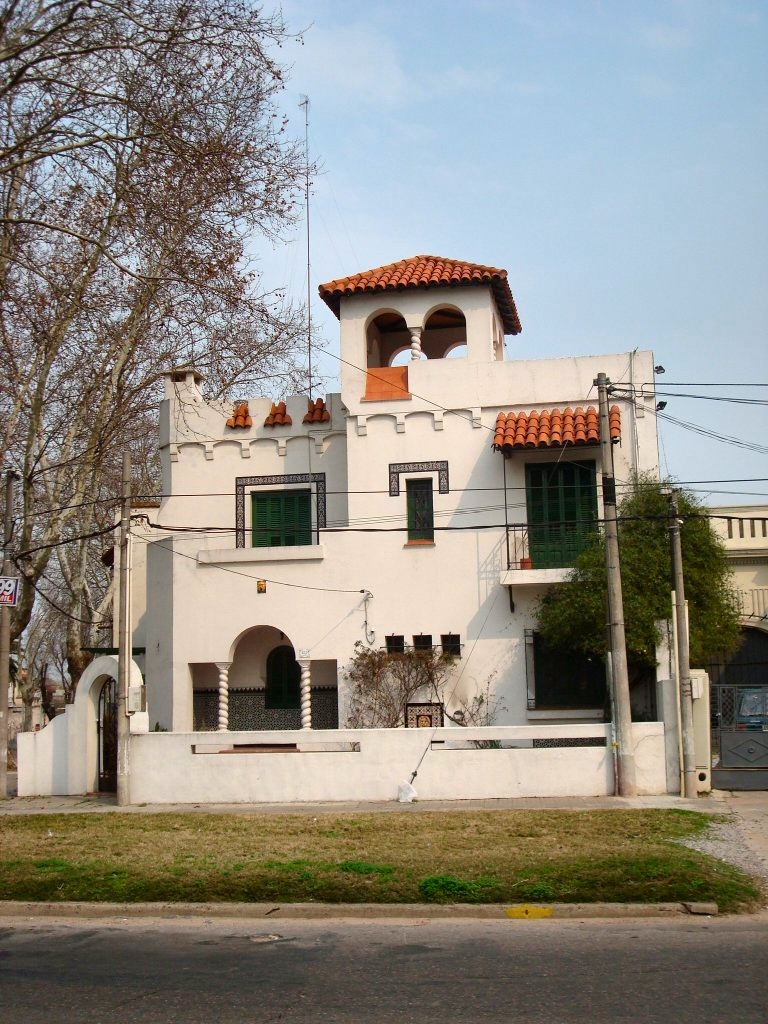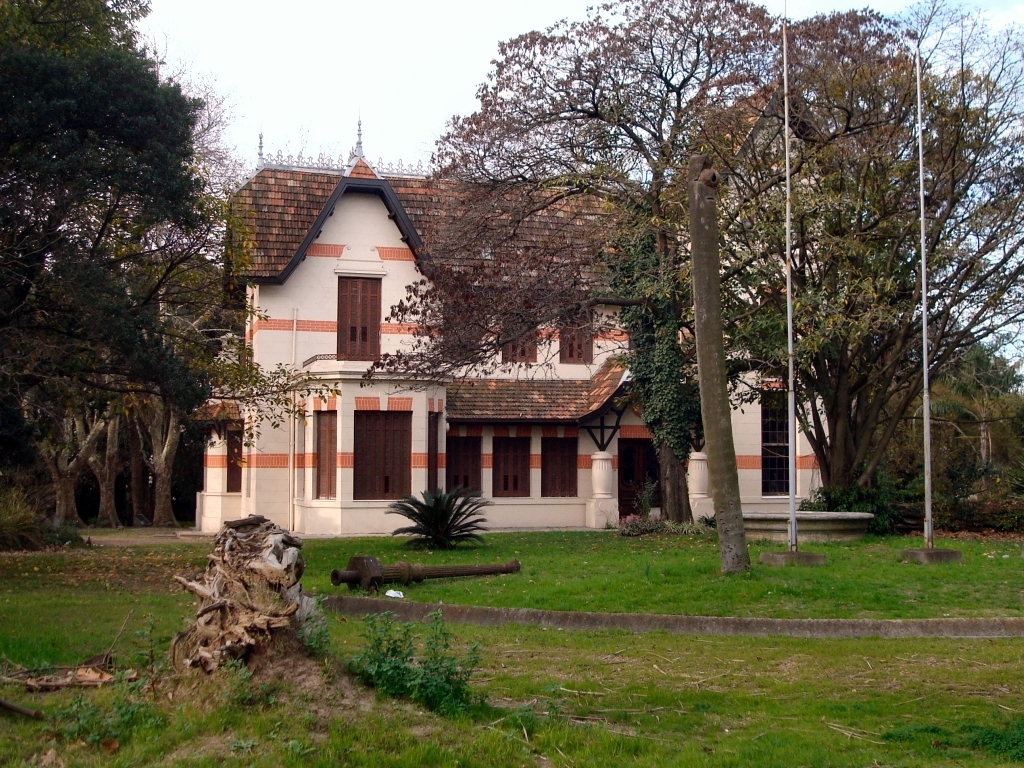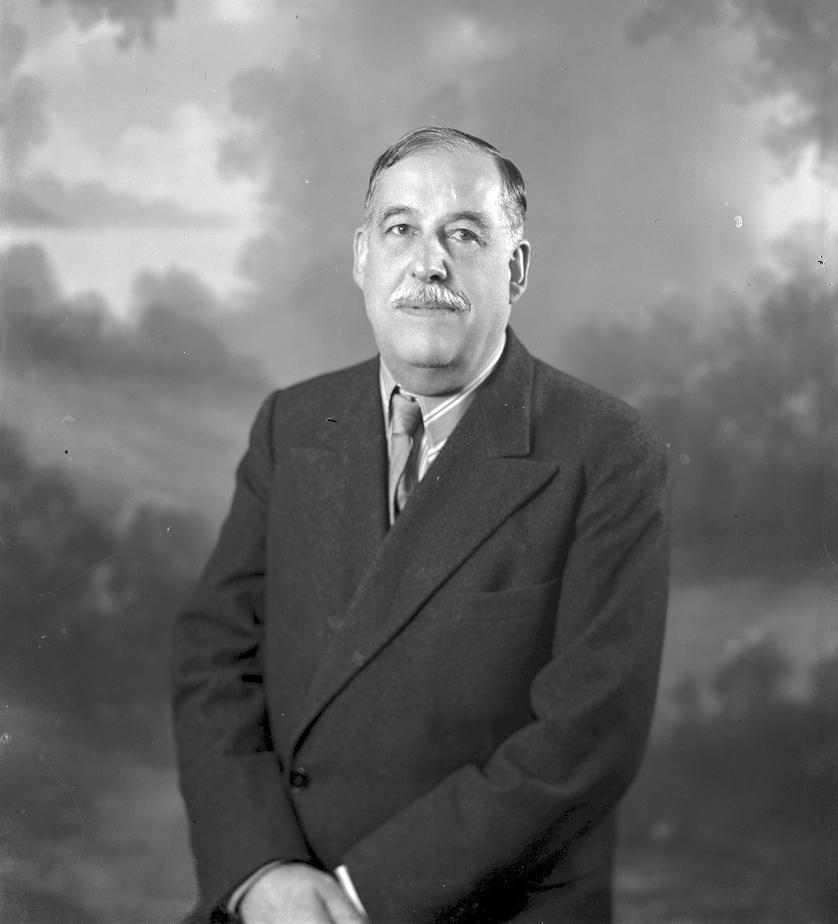|
Brazo Oriental
Brazo Oriental is a '' barrio'' (neighbourhood or district) of Montevideo, the capital of Uruguay. Brazo Oriental is a residential zone located approximately from Montevideo's centre. Location and origin of name Brazo Oriental borders La Figurita and Jacinto Vera to the south, Bolívar to the east, Cerrito de la Victoria to the northeast, Aires Puros to the northwest and Atahualpa to the west. It is delimited by Artigas Boulevard to the south, Burgues Avenue to the west and José Batlle y Ordóñez Boulevard to the north. It was reported in the press around 1910 that there had been a mortal fight with knives between a "Porteño" (Argentinian) and an "Oriental" (Uruguayan) at the corner of the actual avenues San Martín and Luis Alberto de Herrera. Although the Argentinian was younger and more agile, the fight was won by the Uruguayan thanks to the power of his arm (brazo). For many years following the event this place was called "la esquina del brazo del Oriental" (the corne ... [...More Info...] [...Related Items...] OR: [Wikipedia] [Google] [Baidu] |
Barrio
''Barrio'' () is a Spanish language, Spanish word that means "Quarter (urban subdivision), quarter" or "neighborhood". In the modern Spanish language, it is generally defined as each area of a city, usually delimited by functional (e.g. residential, commercial, industrial, etc.), social, architectural or morphological features. In Spain, several Latin America, Latin American countries and the Philippines, the term may also be used to officially denote a division of a municipality. ''Barrio'' is an arabism (Classical Arabic ''barrī'': "wild" via Andalusian Arabic ''bárri'': "exterior"). Usage In Argentina and Uruguay, a ''barrio'' is a division of a municipality officially delineated by the local authority at a later time, and it sometimes keeps a distinct character from other areas (as in the Barrios and Communes of Buenos Aires, barrios of Buenos Aires even if they have been superseded by larger administrative divisions). The word does not have a special socioeconomic connotat ... [...More Info...] [...Related Items...] OR: [Wikipedia] [Google] [Baidu] |
Museo De La Casa De Luis Alberto De Herrera
Museo de la Casa de Luis Alberto de Herrera ''(translation: House Museum of Luis Alberto de Herrera)'' is a museum in the Brazo Oriental ''barrio'' of Montevideo, Uruguay. The street in which the house is situated, somewhat set back from the road, is now known as ''Avenida Dr. Luis Alberto de Herrera'' (previously ''Avenida Larrañaga''). It is surrounded by a park designed by landscape architect Charles Racine. History The building was constructed at the end of the 19th century and was the residence, among other distinguished persons, of the National Party leader Luis Alberto de Herrera, who was active in Uruguayan politics for most of the 20th century until his death in 1959. It has been annexed to the National Historical Museum in 1966. See also * List of museums in Uruguay This is a list of museums in Uruguay. * Museo del Hombre y la Tecnología * Juan Manuel Blanes Museum * Museo de la Casa de Luis Alberto de Herrera * Museum of the sea (Uruguay) * Museo Torres Gar ... [...More Info...] [...Related Items...] OR: [Wikipedia] [Google] [Baidu] |
Barrios Of Montevideo
The city of Montevideo, capital of Uruguay, is divided into 62 ''barrios'' (neighborhoods or districts), each with its own identity, demographic characteristics and activities appropriate to the socio-cultural level of its inhabitants. The outer barrios of Montevideo are largely rural. In a more general usage of the word ''barrio'', some people refer to the biggest large-scale residential complexes of Montevideo as barrios, although they do not appear as such in official lists. Such are the Parque Posadas in Aires Puros, the Euskal Erría complexes in Malvin Norte and others. Many areas of the city that are now considered barrios had geographically independent populations that were later absorbed into the growing city. This is the case with Sayago, Pocitos, Carrasco and others. Some barrios grew out of industrial areas, such as Cerro and Nuevo París. Other areas that were considered distinct barrios have been subsumed into larger barrios. Such is the barrio Goes, most of w ... [...More Info...] [...Related Items...] OR: [Wikipedia] [Google] [Baidu] |
1905 Map Of Modern Brazo Oriental
Nineteen or 19 may refer to: * 19 (number), the natural number following 18 and preceding 20 * one of the years 19 BC, AD 19, 1919, 2019 Films * ''19'' (film), a 2001 Japanese film * ''Nineteen'' (film), a 1987 science fiction film Music * 19 (band), a Japanese pop music duo Albums * ''19'' (Adele album), 2008 * ''19'', a 2003 album by Alsou * ''19'', a 2006 album by Evan Yo * ''19'', a 2018 album by MHD * ''19'', one half of the double album ''63/19'' by Kool A.D. * '' Number Nineteen'', a 1971 album by American jazz pianist Mal Waldron * ''XIX'' (EP), a 2019 EP by 1the9 Songs * "19" (song), a 1985 song by British musician Paul Hardcastle. * "Nineteen", a song by Bad4Good from the 1992 album ''Refugee'' * "Nineteen", a song by Karma to Burn from the 2001 album ''Almost Heathen''. * "Nineteen" (song), a 2007 song by American singer Billy Ray Cyrus. * "Nineteen", a song by Tegan and Sara from the 2007 album '' The Con''. * "XIX" (song), a 2014 song by Slipk ... [...More Info...] [...Related Items...] OR: [Wikipedia] [Google] [Baidu] |
House In Brazo Oriental, Montevideo
A house is a single-unit residential building. It may range in complexity from a rudimentary hut to a complex structure of wood, masonry, concrete or other material, outfitted with plumbing, electrical, and heating, ventilation, and air conditioning systems.Schoenauer, Norbert (2000). ''6,000 Years of Housing'' (rev. ed.) (New York: W.W. Norton & Company). Houses use a range of different roofing systems to keep precipitation such as rain from getting into the dwelling space. Houses may have doors or locks to secure the dwelling space and protect its inhabitants and contents from burglars or other trespassers. Most conventional modern houses in Western cultures will contain one or more bedrooms and bathrooms, a kitchen or cooking area, and a living room. A house may have a separate dining room, or the eating area may be integrated into another room. Some large houses in North America have a recreation room. In traditional agriculture-oriented societies, domestic animals suc ... [...More Info...] [...Related Items...] OR: [Wikipedia] [Google] [Baidu] |
Luis Alberto De Herrera
Luis Alberto de Herrera (Montevideo, 22 July 1873 – 8 April 1959) was a Uruguayan lawyer, diplomat, journalist and politician. Political and diplomatic roles A national leader of great importance during the first half of the 20th century, he led the National Party through the most decisive instances along five decades. His own political movement is known as Herrerismo. From 1902 to 1904, he was Uruguayan Minister Plenipotentiary to the United States. From 1925 to 1927 he served as President of the National Council of Administration, or Prime Minister, during the presidency of José Serrato. In 1933, he took part at the Convention on Rights and Duties of States adopted by the Seventh International Conference of American States. Particularly after 1933, he was tactically close to his nominal Colorado Party opponent, President Gabriel Terra. :es:Luis Alberto de Herrera#Participación en el golpe de Estado de Gabriel Terra He stood for the presidency several times without su ... [...More Info...] [...Related Items...] OR: [Wikipedia] [Google] [Baidu] |
Armenian Evangelical
The Armenian Evangelical Church ( hy, Հայաստանեայց Աւետարանական Եկեղեցի) was established on July 1, 1846, by thirty-seven men and three women in Constantinople. History In the 19th century there was an intellectual and spiritual awakening in Constantinople. This awakening and enlightenment pushed the reformists to study the Bible. Under the patronage of the Armenian Patriarchate, a secondary school was opened, headed by Krikor Peshtimaljian (died 1837), one of the leading intellectuals of the time. The principal aim of this school was to train qualified clergy for the Armenian Apostolic Church. The result of this awakening was the formation of a society called the "Pietistical Union". The members held meetings for the study of the Bible. During these meetings and Bible studies, questions were raised regarding the practices and traditions of the church, which to them seemed to conflict with biblical truths. These reformists faced strong retaliatio ... [...More Info...] [...Related Items...] OR: [Wikipedia] [Google] [Baidu] |
Iglesia Evangélica Armenia, Montevideo
The Armenian Evangelical Church ( es, Iglesia Evangélica Armenia, hy, Հայաստանեայց Աւետարանական Եկեղեցի) is an Armenian Evangelical temple in the neighbourhood of Brazo Oriental, Montevideo. It constitutes the headquarters of this Church for Uruguay Uruguay (; ), officially the Oriental Republic of Uruguay ( es, República Oriental del Uruguay), is a country in South America. It shares borders with Argentina to its west and southwest and Brazil to its north and northeast; while bordering ..., the institution being a member of the Federation of the Evangelical Churches of Uruguay (established in 1956), which is affiliated with the Commission on World Mission and Evangelism of the World Council of Churches. References External links * Brazo Oriental Armenian Evangelical churches Armenian churches in Uruguay Protestantism in Uruguay Church buildings in Montevideo {{Uruguay-church-stub ... [...More Info...] [...Related Items...] OR: [Wikipedia] [Google] [Baidu] |
Colón F
Colón may refer to: Places ;Argentina * Colón, Entre Ríos * Colón Department, Córdoba * Colón Department, Entre Ríos * Colón, Buenos Aires ;Colombia * Colón, Nariño * Colón, Putumayo * Colón Department (Colombia) ;Costa Rica * Ciudad Colón ;Cuba * Colón, Cuba ;El Salvador * Colón, La Libertad ;Honduras * Colón Department (Honduras) ;Mexico * Colón, Querétaro ;Panama * Colón, Panama * Colón Province ;Puerto Rico * Plaza Colón, in Mayagüez ;Spain * Plaza de Colón (Madrid) * Colón (Metrovalencia), station in Valencia ;Uruguay * Colón Centro y Noroeste, barrio of Montevideo * Colón Sudeste, barrio of Montevideo * Colón, Uruguay, village in Lavalleja Department ;Venezuela * Colón, Venezuela * Colón Municipality, Zulia in Zulia State Football teams * Club Atlético Colón, from Santa Fe, Argentina * Colón Fútbol Club, a Uruguayan club Other uses * Colón (surname) * Colón (currency) ** Costa Rican colón, currency of Costa Rica ** Salvador ... [...More Info...] [...Related Items...] OR: [Wikipedia] [Google] [Baidu] |
Universidad Del Trabajo Del Uruguay (UTU)
Universidad (Spanish for "university") may refer to: Places * Universidad, San Juan, Puerto Rico * Universidad (Madrid) Football clubs * Universidad SC, a Guatemalan football club that represents the Universidad de San Carlos de Guatemala * Universidad Católica, Chilean football club * Universidad de Chile (football club), Chilean football club * Club Universidad Nacional or ''UNAM Pumas'', Mexican football club * Universidad de Los Andes FC, Venezuelan football club * Universidad San Carlos or ''USAC'', Guatemalan football club * Universidad de Santa Cruz Bolivian football Club currently playing Bolivian Football Regional Leagues * Universidad Independiente, a former club based in San Pedro Sula, Honduras, dissolved in 2010 See also * * Universidad station (other) * Universitatea (other) Universitatea ( en, University) may refer to: *CS Universitatea Craiova, Romanian football club *FC Universitatea Cluj, Romanian football club * Universitatea Cl ... [...More Info...] [...Related Items...] OR: [Wikipedia] [Google] [Baidu] |
National Party (Uruguay)
The National Party ( es, Partido Nacional, PN), also known as the White Party ( es, Partido Blanco), is a major political party in Uruguay. It was founded in 1836 by Manuel Oribe, making it the country's oldest active political party, and together with the Colorado Party, its origin dates back to the time of the creation of the Uruguayan State. Positioned on the centre-right of the political spectrum, the National Party is ideologically liberal, nationalist, Pan-Americanist and humanist. Considering the interim co-government of the ''Gobierno del Cerrito'' headed by Manuel Oribe, and the Defense Government from Montevideo led by the Colorado Joaquín Suarez, in the middle of the Uruguayan Civil War, and with the exception of the current administration of Luis Lacalle Pou, the PN has ruled the country for 35 years interruptedly throughout its history; This includes constitutional, interim, de facto presidents, and collegiate governments. Although General Manuel Oribe is recogn ... [...More Info...] [...Related Items...] OR: [Wikipedia] [Google] [Baidu] |

.jpg)



